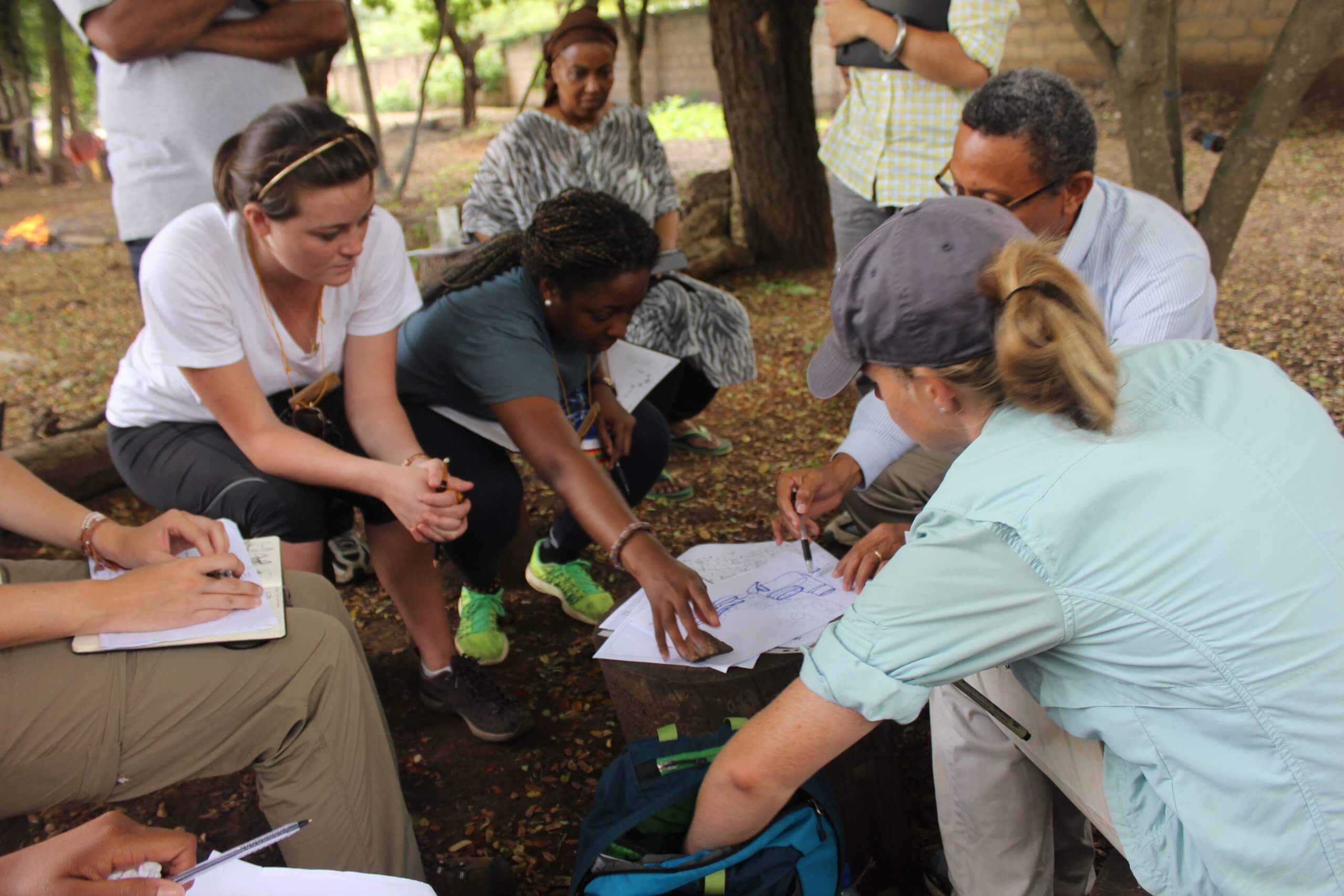Conversations with Colleagues: Sarah Dickerson
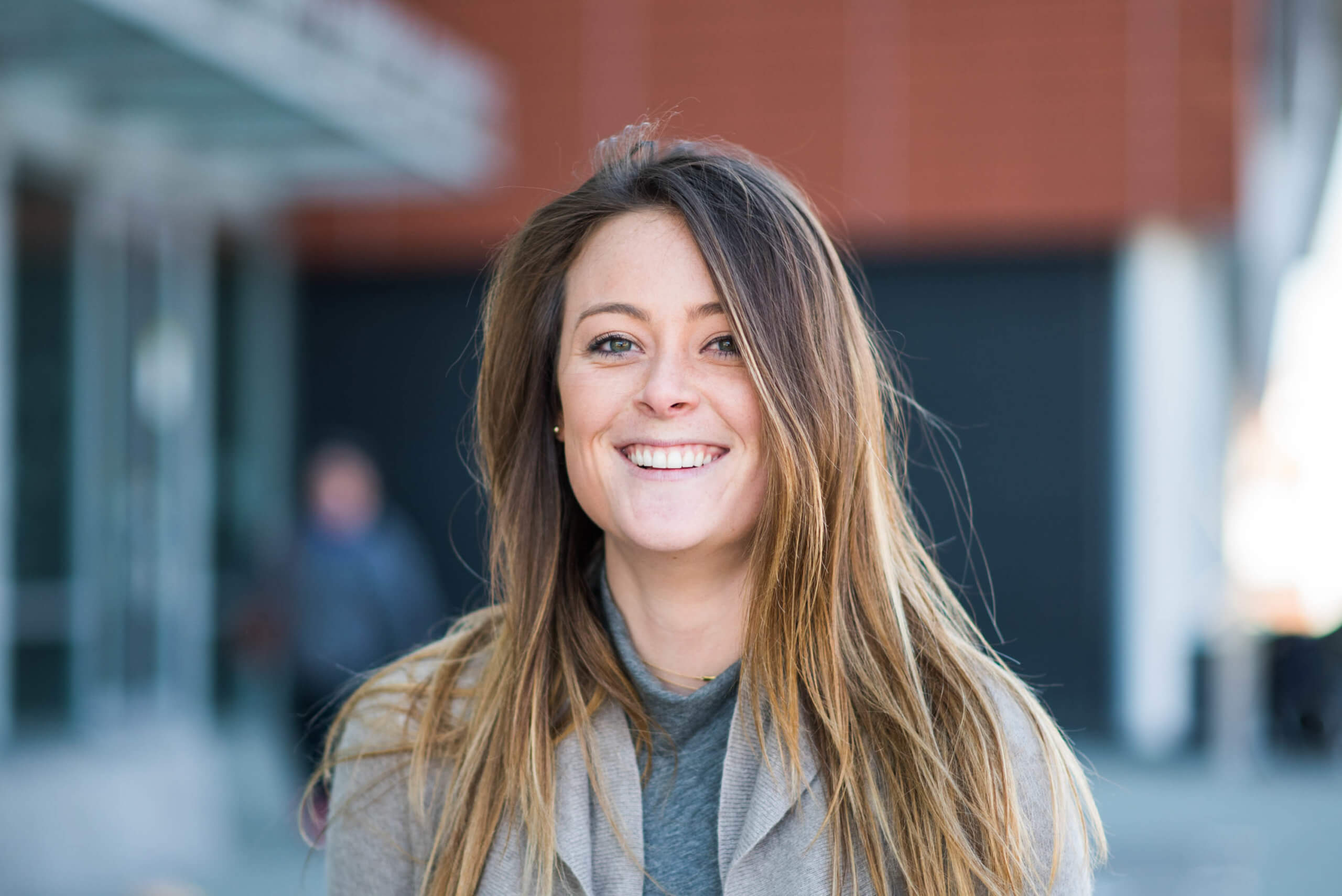

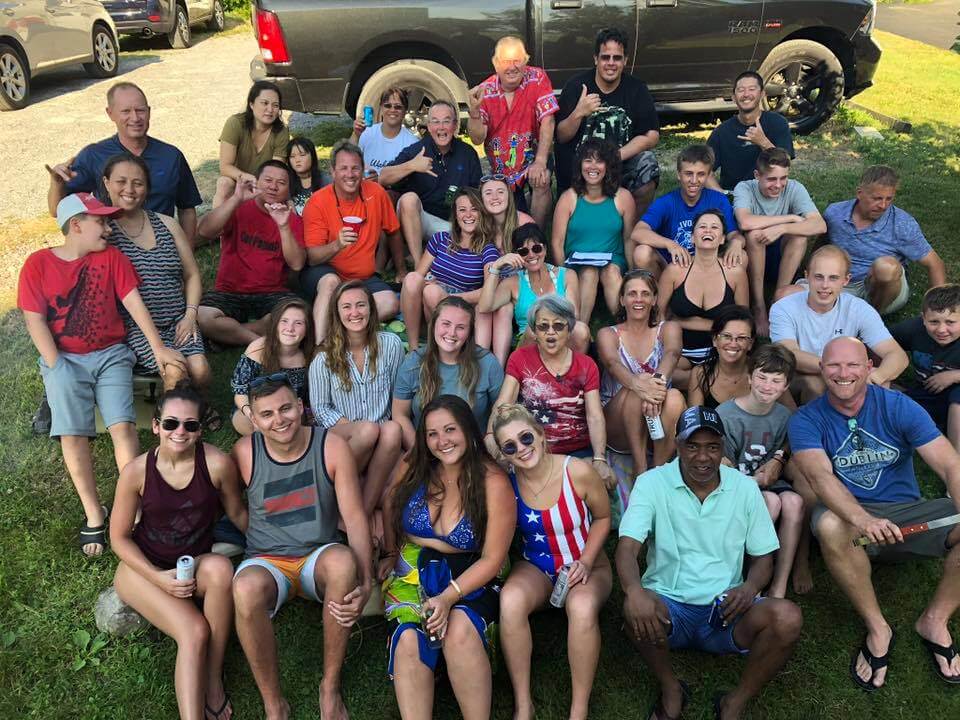
Q: What drew you to the design profession, and what’s keeping you here?
A: From a very young age, I always found myself drawn to the outdoors. I wanted to be everything from an astronomer to a marine biologist. When I was around 12 years old, I had the privilege to travel to Hawaii to celebrate my great grandmother’s 90th birthday. My great grandmother was a Polynesian woman who married a Korean immigrant that managed to escape North Korea before the war, leaving his family behind. They went on to have six children and started what I now know as my ohana. During that trip, I learned a lot about my family heritage and about where I came from. The islands of Hawaii only increased my draw to nature and the outdoors, and I learned how important it is to protect those places. There are many places in the Hawaiian Islands that are considered very sacred. These places are also often endangered by increasing development and building. After that trip, I became interested in Environmental Science. I took an introductory presentation on Environmental Design in Architecture by Robin Abrams, the Head of the School of Architecture at NC State, at the time. She illustrated how meaningful an architectural career could be—that being on the forefront of design and having the power to make decisions within the built community could positively affect the environment and our surroundings. After that presentation, I was hooked. Now that I am in the profession, I am in a position where I have a say in protecting sacred places and helping create a built environment that is less harmful to the earth. Now, when I visit those beautiful places, I feel that I am in a position where I can help preserve them.
Q: What role does diversity, inclusion, and engagement play in the design profession at large?
A: When you study architecture from a global perspective, every place has different traditions and ways of life that are often reflected in architecture. Places have different materials, climates, traditions, religions—and as architects, we must be knowledgeable and understand the significance of these elements. Whether we are designing an office building in Raleigh, NC, or a park that celebrates African American history in the south, each program and building element comes back to who we are designing for. I believe we design for people and diversity and inclusion automatically has a massive role in that endeavor. If you fail to engage with the people you are serving in your design, the design will fail.
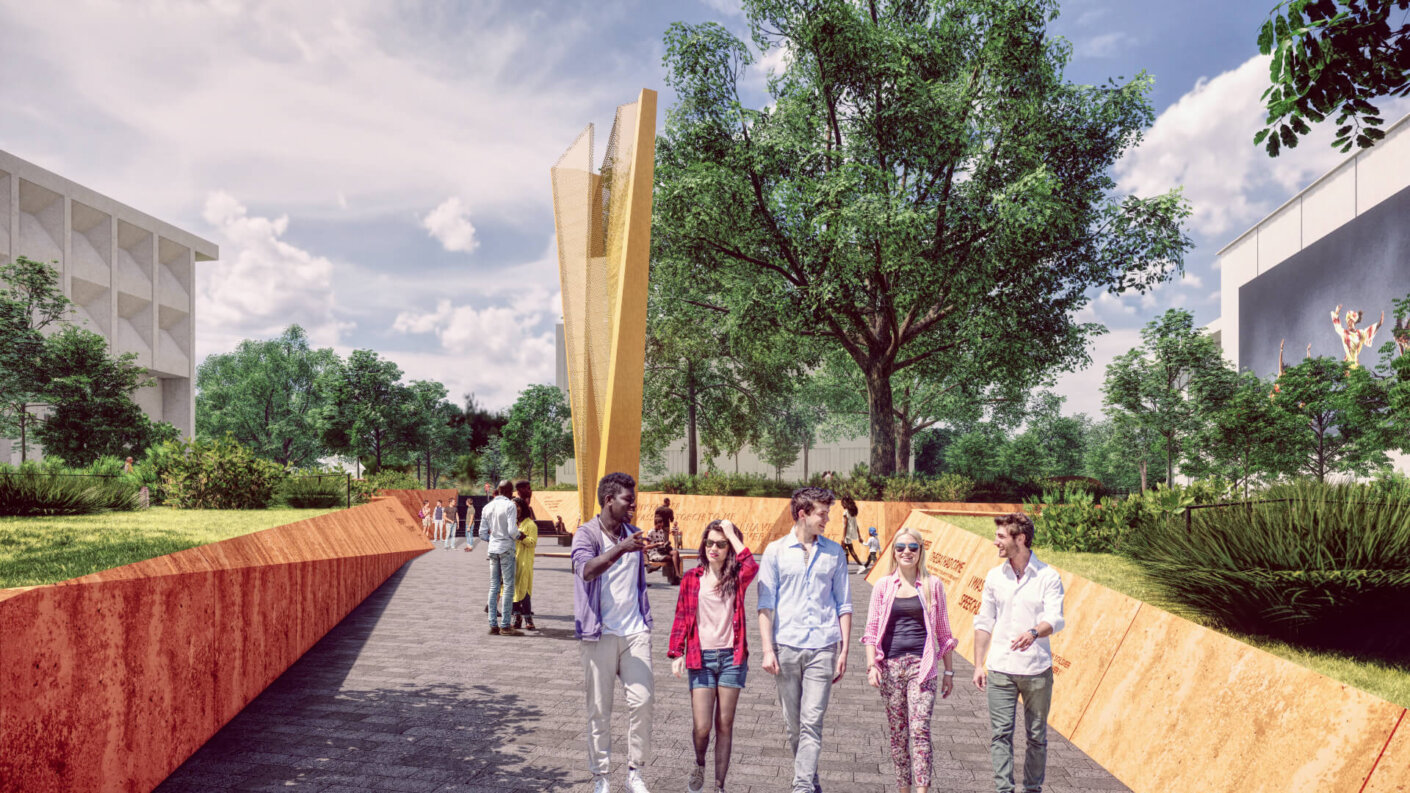
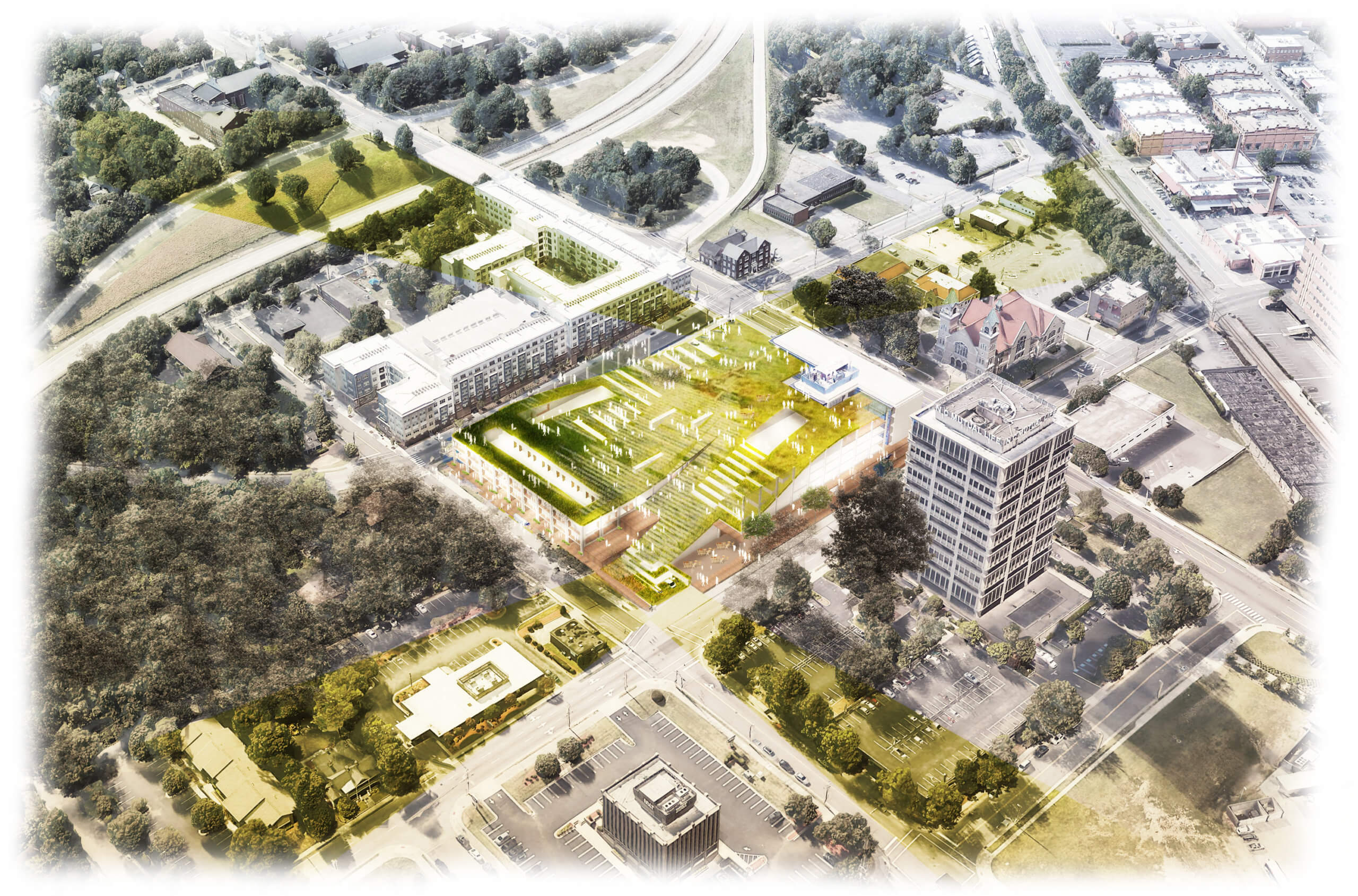
Q: Tell us about a time when you met someone who told you your project had somehow uplifted them, or improved their life—what did that person say, and how did it make you feel?
A: When I was a student, I had the opportunity to travel to Ghana for a landscape architecture studio. There was a large field study component where we traveled to urban and rural locations to interact with Ghanaians engaged in cultural practices and different forms of making. We took part in learning different local arts including the making of cedi beads, Adinkra stamping, and Kente weaving. We were then able to integrate some of these practices into our studio project in Accra.
The studio was a partnership with the Mmofra Foundation, and we were tasked to create an engaging and education play space for the children in Accra at their Playtime in Africa site. The site was a 5-acre green oasis in the middle of a bustling city where we each engaged in designing and building products and prototypes from very limited supplies and resources. At the end of the studio, we had built many elements that contributed to the larger master plan including a swing, reading nooks, large hands-on puzzles, and various play equipment. We had a day where children came to play and interact with what we had built, and it was such a humbling experience being able to help give these kids a safe place to learn and play. They spent hours smiling and laughing and enjoying a place where they could be free. It was really eye opening to see how much we could do for these kids in the time we had and the resources we were given. The project went on to win an NCASLA Merit Award.
Q: In what positive ways have your experiences at Perkins&Will changed you, personally or professionally, and/or your outlook on the world. Winning competition
A: Perkins&Will is not only a place that designs great work, but also offers a space to learn and grow and give you a platform to explore things you’re interested in. I joined Perkins&Will when I was still a student at NC State. I was initially hired over winter break to help push out permit drawings for the Durham offices new office space and was told it would be a quick 2-week endeavor. 5 years later I still happily work in the new office space I helped push out the door. In addition to working on a large variety of projects, Perkins&Will also creates an opportunity to showcase design skills through the Design Leadership Council Competition. In 2017, we were asked to respond to Durham’s rapid development and how a design could address gentrification issues, accommodate affordable housing, and address income diversity. I joined forces with 2 other coworkers, Jessica Braverman and Jayne Kim, and we attempted to solve this design problem in one weekend. Within our competition entry, we explored how design could create a culture of cross-pollination with different residential and commercial clients. We focused heavily on an overall design concept of a porch. Porches are an important element of southern residential architecture, they not only provide a threshold to the residence, but are a place for gathering, play and spontaneous interactions with the community. The park, like the porch, is the threshold of the urban realm; creating connections across the boundaries of race and class, parks bring us together. During that weekend, we were able to design something I am proud of and we went on to win the competition. Beyond our paid work, Perkins&Will provides many initiatives that allow you to push yourself creatively and it has become invaluable in my growth in the profession.
